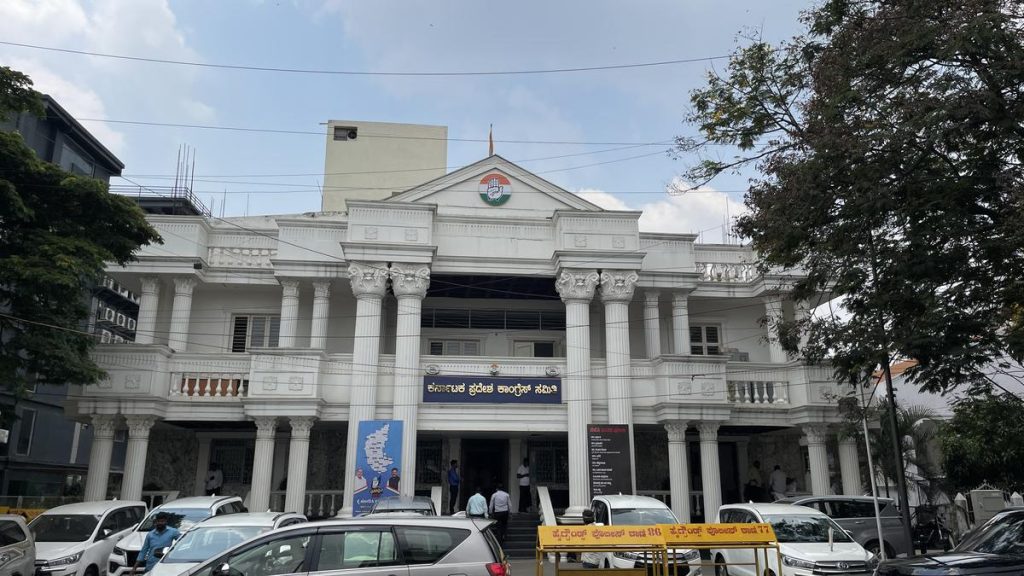Now Reading: JWST Explores Atmosphere of Potentially Habitable Exoplanet 40 Light-Years Away
-
01
JWST Explores Atmosphere of Potentially Habitable Exoplanet 40 Light-Years Away
JWST Explores Atmosphere of Potentially Habitable Exoplanet 40 Light-Years Away

Swift Summary
- The TRAPPIST-1 system, located around 40 light-years from Earth, hosts seven rocky planets in earth-like dimensions, with potential atmospheres detectable via advanced observation technologies.
- A study published in The Astrophysical Journal Letters focused extensively on TRAPPIST-1 e-a planet optimally situated in the “Goldilocks Zone,” where conditions could allow liquid water.
- Using transmission spectroscopy and data collected by the James Webb Space Telescope (JWST), researchers investigated TRAPPIST-1 e’s atmospheric composition.
- Findings ruled out a hydrogen-rich atmosphere (Venus-like or Mars-like) and left open the possibility for a nitrogen-rich atmosphere akin to Saturn’s moon Titan.
- Stellar contamination-fluctuations in star temperatures-complex precise atmospheric mapping but eliminated several scenarios regarding its makeup.
- The study highlights continued chances of life-supporting water oceans on TRAPPIST-1 e. Further observations are required for better refinement.
Read More: James Webb Space Telescope Captures Smallest Exoplanet Ever Seen
Indian Opinion Analysis
The exploration of exoplanets such as those within the TRAPPIST-1 system signifies humanity’s relentless quest to identify potential habitable worlds beyond Earth. It not only deepens scientific understanding but also sharpens technological capabilities like those demonstrated by JWST-a significant leap forward compared to Hubble. For India, which has ambitions to expand its space exploration through ISRO’s advancements, such studies serve as an inspiration in prioritizing investments towards interstellar research and development.
India’s growing focus on collaboration with global scientific bodies and ongoing engagement with lunar missions positions it strategically for future contributions toward exoplanetary research. While much remains uncertain about whether this specific planet can sustain life or possess water bodies, these studies set foundational groundwork that may one day revolutionize human settlement considerations across worldwide boundaries.
Understanding another habitable zone enhances theoretical frameworks applied universally as space agencies eye collaborative operational efficiencies-the data-sharing concepts could bear productive fruits aligning India prominently into global astrophysics leadership roles ahead.
























